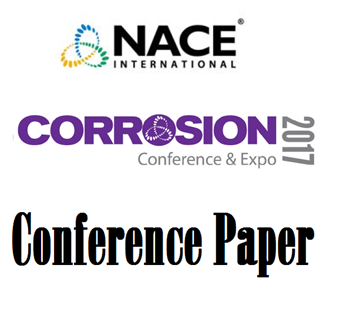Search
A Case Study on the Failure of Fiber Reinforced Epoxy (FRE) Lining on Condensate Storage Tank
Also Purchased
Premature Failure of API 650 Oil Storage Tank Bottom Plates Due to Soil Side Corrosion
Product Number:
51317--9025-SG
ISBN:
9025 2017 CP
Publication Date:
2017
$20.00
51314-3763-Premature Coating Failure of a Tank Lining System
Product Number:
51314-3763-SG
ISBN:
3763 2014 CP
Publication Date:
2014
$0.00
Case Study Based On Coating Failure Analysis Of Cargo Container
Product Number:
51322-18110-SG
Publication Date:
2022
$20.00




